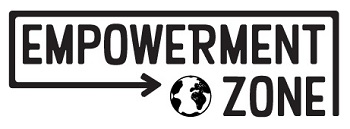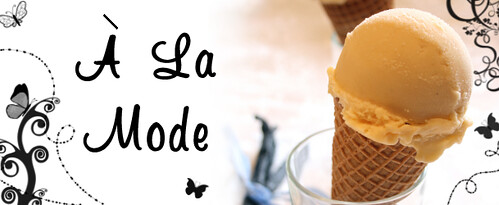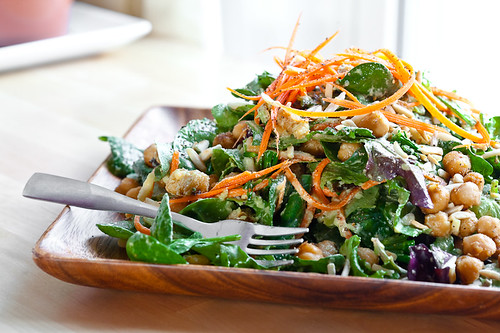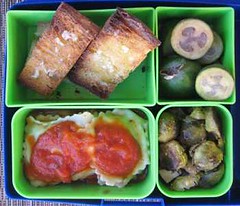We had a sensational time at the Biome stall as part of Regional Flavours at South Bank, Brisbane this past weekend. What a lively and positive gathering of Queensland food and wine producers and their devotees. Cooking demonstrations with a garden to table theme were very popular, while the creative installations of productive gardens added to the inspiring atmosphere, like these herb wheelbarrow plantings.
It was exciting to see such crowds of people keen to connect with the growers and producers of food. This year's theme was to showcase the many food traditions present in Queensland – from migrant recipes using local ingredients to native indigenous foods gone gourmet.
For those who couldn't make it, we've listed our pick the best organic and boutique producers below.
Take the green shopping pledge and we'll reward you with 25% off
Biome was there to help spread the message about reducing your impact on the planet when you shop - from taking reusable Keep Cup coffee cups and water bottles, to replacing plastic bags with reusable fruit and vegie bags and composting your scaps at home. Our green shopping pledge has some easy actions to help. Pledge to do them and we'll reward you in our stores ... Download the pledge here before 30 September 2012 OUR FAVOURITE FINDS

Hinterland Feijoas, who grow certified organic feijoas on the Sunshine Coast Hinterland, Queensland. Owners Peter Heineger and Sally Hookey use organic biological farming methods and no chemical inputs. Growing feijoas commercially in Australia is a relatively new industry so they had to start from scratch in many areas. To value add to their crop, they work with local chefs to manufacture a variety jams, ice cream and amazing Feijoa Balsamic Glaze.

Look out for Kat's Waffle House who attend markets on the Sunshine Coast and special events with their delicious gluten-free waffles made with organic gluten-free flour, organic eggs, no preservatives, etc, etc. Biome's stall was right near Kat's so we had to smell the beautiful aroma of fresh baked waffles all weekend! Thankfully, we got to satisfy our cravings a few times also.
Extra special
Organic
Barambah Organics dairy
Eden Hope Organic Dairy Farms dairy - Gympie
Hampton Blue organic berries and jams - Hampton www.hamptonblue.com.au
Kin Kin Tea herbal teas and Organic Fruit - Kin Kin kinkintea.com.au
Hinterland Feijoas organic feijoa www.hinterlandfeijoas.com.au
Handcrafted, traditional, sustainable production
Chalala Micro-Bakery muesli, gluten-free biscuits - Mossvale www.chalala.com.auTowri Sheep Cheeses sheep cheeses - Allenview www.towrisheepcheeses.com.au
Coolana Olives olives - Lowood www.coolanaolives.com.au
Kingaroy Cheese artisan cheeses - Brighton www.kingaroycheese.com.au
Brisbane Ginger Beer ginger beer - Brisbane
Fungi Mushroom Growing Kits Geebung www.fungi.net.au
Broken Nose Vanilla Babinda www.brokennosevanilla.com.au
Gluten free
Jo Jo’s Gluten Free Brisbane www.jojosglutenfree.com.au
Gluten Free Grain Free Company www.glutenfreegrainfree.com.au
Zehnder Gluten Free Maleny www.zehnder.com.au
Kat’s Wafflehouse Homemade gluten free waffles - Mooloolaba
Bush foods
Coolamon Foods Bush Food spices, sauces, relishes by Dale Chapman, an accomplished Indigenous
Australian Bush Tucker Chef. www.coolamonfoodcreations.com.au
Galeru Native Rainforest Fruit Cakes, Yoghurt, Juices www.galeru.com.au
Rainforest Bounty chutneys and sauces rainforestbounty.com.au
For more local food inspiration, see our earlier post "hitch up to the local food wagon".































